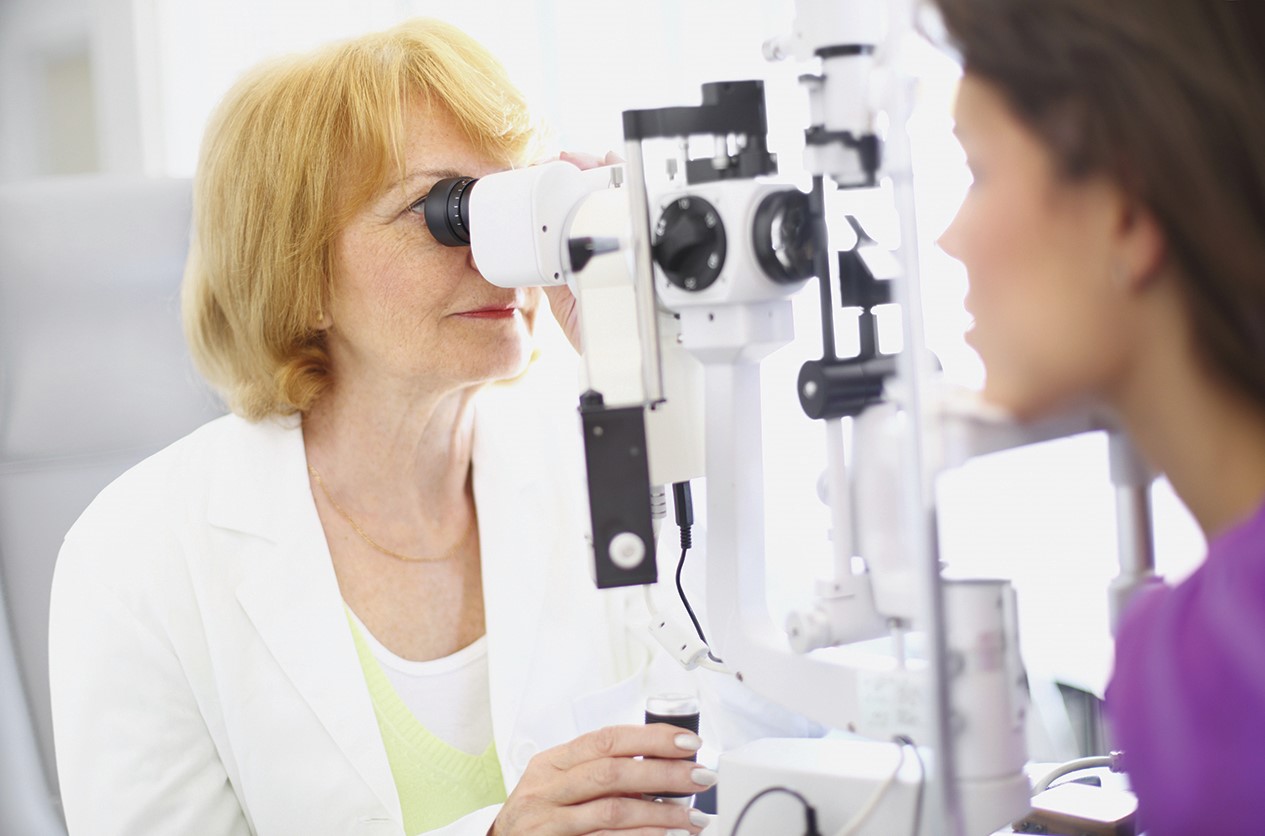Diabetes affects millions of people around the globe, and its prevalence has risen significantly in recent decades. In fact, the number of people with diabetes has nearly quadrupled between 1980 and 2014. Life with diabetes can be challenging, especially when the disease leads to additional complications such as vision problems. According to The National Institute of Diabetes and Digestive and Kidney Diseases (NIDDK), diabetes affects the eyes when blood glucose, or blood sugar, is too high.
The physicians at Eye Care Vision Associates know that eye damage caused by diabetes occurs over time and contributes to poor vision or blindness. They note that diabetic eye disease is an umbrella term used to describe diabetic retinopathy, diabetic macular edema, cataracts, and glaucoma.
Diabetic retinopathy. Diabetic retinopathy affects the retina, (the inner lining at the back of each eye). The retina senses light and turns it into signals the brain decodes. Diabetic retinopathy damages blood vessels that affect the retina, causing them to weaken, bulge, or leak into the retina during early stages of the disease. If the disease worsens, some blood vessels may close off and cause new blood vessels to grow on the surface of the retina, resulting in serious vision problems.
Diabetic macular edema. Diabetic macular edema occurs when tiny bulges protrude from the vessel walls and leak or ooze fluid and blood into the retina. This leakage causes swelling in the macula (the central part of the retina). This is a serious issue, as the macula is necessary for reading, driving, and seeing faces. Swelling in the macula can eventually contribute to partial vision loss or blindness.
Cataracts. While not exclusive to people with diabetes, the risk for cataracts is greater for people with diabetes than it is for people who are not diabetic. Cataracts are a condition marked by a clouding of the lens of the eye. When a cataract clouds over the lens of the eye, the eye cannot focus light the way it needs to, which can lead to blurry vision or vision loss. Cataracts can occur naturally as people age, but can form more quickly in people with diabetes.
Glaucoma. Glaucoma is another umbrella term that refers to various conditions that cause damage to the optic nerve. The optic nerve is a bundle of nerves that connects the eye to the brain. Diabetes doubles a person’s chances of having glaucoma. Glaucoma is often marked by gradual vision loss, and as glaucoma worsens, individuals may begin to notice they can no longer see things off to the side. Although there is no cure for glaucoma, early treatment can prevent further damage. If glaucoma is not treated early, it can lead to vision loss and blindness.
Diabetic eye disease can have serious consequences. Individuals with diabetes must be vigilant and address any issues with their vision immediately. To make an appointment to be evaluated for diabetic eye disease and any of these associated conditions, call 716-631-EYES (3937). To learn more about diabetic eye disease, visit https://www.ecvaeyecare.com/diabetic-eye-disease.php.












